
Runnin’ Down a Dream- Wondering Where to Pee (Post Trail Life)
We’ve made it a whole year without getting arrested for peeing outside. It’s also one year today since Snorlax, Skye Stalker and I finished hiking the Appalachian Trail. There is not a day that goes by where we don’t think about the experience one way or another.
What does one do once they have completed one of their biggest dreams?
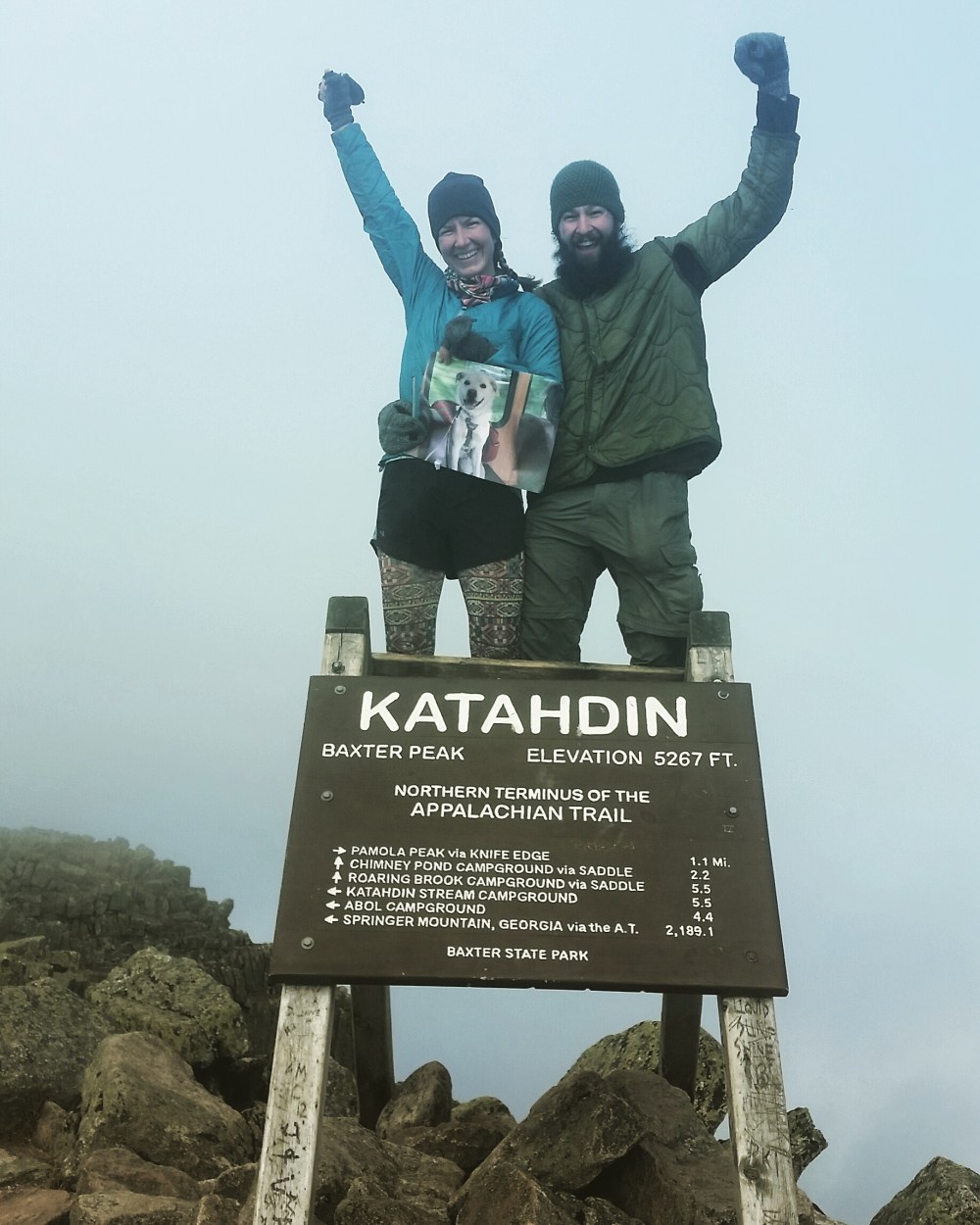
After having your feet on the ground for 6 months and 27 days- it’s actually quite a challenge to get “your feet back on the ground” again.
Our home was on our backs, in an unfamiliar spot every night and that was ok with us.
Here we are post trail- we still have our tent but finding a camp spot is hard. When you do find a camp spot, you either have to pay, get judged by others and the cops may even make a visit.
Before we had to pick our food based on weight, lack of required ingredients, shelf life and highest calories.
Now the choices are too many to choose from and we barely have an idea how to cook them anymore…and wait- calories! We need to start thinking about exercise and calories from a new perspective again. And where will we put this food? We had just been bouncing around from couch to couch. Or should we say from hotel, to air mattress, to couch and bunk.
The first thing we became accustomed to was no longer needing to carry a water filter with us all the time. But then we became dehydrated quicker than normal because remembering to carry a bottle, or trying to find a free fountain proved to be a challenge in itself. There is always an option to buy water but that just seems ridiculous.

Transitioning from trail names back to our “real” names always makes for some decent head turns and weird looks in public. But there is still always the occasional use of trail names when visiting people you met on the trail.
Bathrooms. Why are there so few along sidewalks? Yet, there are billboards and signs all around reminding us to drink more water, soda, energy drink, electrolyte or some sort of adult beverage.
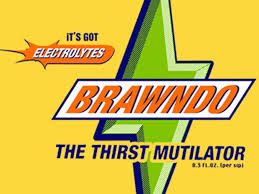
I also want to know who the @$$hole was that ruined peeing outside for everyone.
I remember going to an event at the Botanical Gardens and having to stand in line to pee, although I was surrounded by so many perfect plants! The only thing I’d actually wait for on a daily basis while on the trail was my water to boil for a meal and some days not even that.

We had big dreams which became a goal, then a plan to get to Katahdin from Georgia. Then it became a reality and then soon just a memory. Every day we would get up with no alarm and the only plan was to head north.
Now it seems like all we have are decisions to make and things to do. With our trail maps and guides, we always had some what of an idea of what we were getting into (elevation, miles, water sources) but we always had the occasional surprise. Today is always a new day and I am constantly waiting for a guide book to tell me what to do, and constantly looking for that same excitement I got daily from the adventures outside.
How did we go from essentially one outfit for months to now having to pick out and put thought into what to wear?

We upgraded from our 2.5 person tent to an old 425 square foot camp. Our dining room is a picnic table outside. We still have visitors from the trail like spiders and snakes. Even one day when I went to do laundry (which is essentially in a shed or nice shelter), a mouse fell on my head…So has life really changed?
Pre trail we used to not mind going out every night and doing something but now we have become more of homebodies unless it’s outdoors. Why pay so much to have fun? What are we even spending money on? Nature is the best playground.
Driving a car pre trail seemed so easy and we always had a need for speed when on the highway. Getting into a car and traffic for the first time was odd, and going 50 mph seemed fast.
As soon as I hit New England while on the trail -whoopie pies became my breakfast food of choice. However, I’m still wondering why whoopie pies aren’t on all breakfast menus around here…and some days I feel like the hiker hunger hasn’t really disappeared. And although we are adults and can still do certain things we did on the trail in society, for some reason it’s frowned upon to eat candy for breakfast and go to bed at 8:30pm.
On the trail there was always a mountain in my backyard, a nice place to walk in the woods and your neighbors were always your good friends and family.
I broke down crying one day this past year, just because I couldn’t find any trails in the woods to walk nearby. Not without fear of getting shot for trespassing. How can I go from always having a place to walk to not being able to get to one due to one rule or another? Or why can’t we just get more time? Because everything is within walking distance if you make the time.
We were so happy to have warm showers and a real bed (that we didn’t need to inflate!).
It became habit for us to head north when on the trail. So much habit, that since we have been off the trail, it still seems like that’s all we want to do somedays is head north. We cared less about things on the trail because we had less and were just living. So when thinking about things that we have carried with us from the trail and into everyday life- caring less, worrying less, and spending more time living would be high on the list.
We’ve gotten better at conserving things because it’s what we had to do while on the trail. We could probably beat some Guinness records of longest lasting Ziploc bags.
When we got back, we were bouncing around for about 2.5 weeks. We then moved into our tiny house, which isn’t quite in the middle of nowhere, but not quite near anything either….
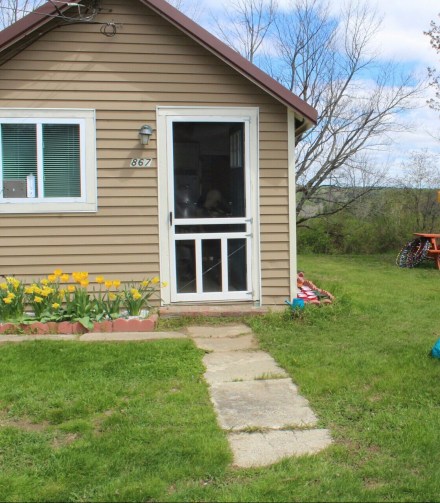
The day after we moved in we returned to working at L.L. Bean seasonally. The plan was to work there until we figured out what we wanted to do….but what was that? Well, I guess just living will be good for now.
Weeks then months went by with varying hours, which meant varying pay. Car problems happened. Broken appliances happened. Long snow storms closing down towns happened. There were times we wondered if we could pay rent. Then your mind wanders and you remember how simple trail life was, and you try to practice that in “real life”. But my question is- why do we call this lifestyle real life when having nothing but you, your backpack and nature seemed more real.
And how do you explain to a dog that we aren’t hiking today? The same way you tell yourself and other humans: with lots of pets, cuddles and say in your good praising voice, “we don’t need to go anywhere today, because we are home”.
The reality is that home is wherever I am with you.
There is a point when you are on the trail and you realize hiking is essentially your job. Katahdin is the goal and the only tools you are given is what you have.
We hate hearing, “I wish I could do that”. Because the truth is- you can. It’s all about what you put your mind to. We just decided hiking the Appalachian Trail was more important to us than the work we were doing before. We have our whole lives to work. Right now we’ll live. If you’re going to work, then find something you like.
It’s also difficult to be back after such a different lifestyle and have no one else around to realize what you have just been through and help you adjust. Friends and family expecting you to go visit them when you’ve been traveling for almost 7 months, or the car doesn’t work great or you barely have enough money for gas.
Then there’s the people who announce you are a thru hiker all the time like that’s all you are.
Don’t get me wrong- money is nice. But there’s only so much money you can have before it starts taking too much of your time and/or making you lazy.
It took me 6 months to find a job that I loved and something I believed in. It took Sean 11 months and 28 days. And Skye? Well, let’s just say she prefers not to discuss this.
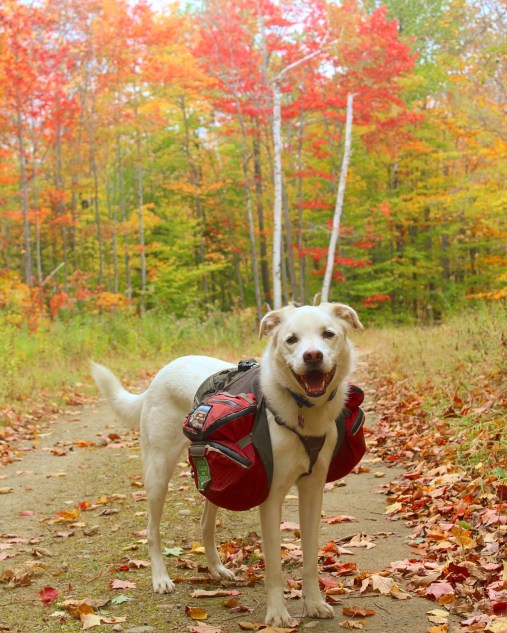
And it only took Snorlax 1 year, 3 months and 5 days to write a blog about his gear he said he would do before we left to hike the Appalachian Trail (typical Snorlax move).
We still go on hikes, and backpacking trips but they are definitely shorter. We continue to explore new places and try new things- as we are constantly looking for a good challenge. We have been able to provide trail magic to current thru hikers here and there, including sending two boxes full of goodies for hiking dogs and humans to Virginia during trail days. We have stayed in touch with many of our trail family, some who we still get to visit here and there. We have definitely spent more time paddling on the water this past summer than we did hiking last summer (you have to balance it out and get that arm work out too). We finished white water rafting all three of the rivers in the Maine Forks, and also tried rock climbing.
One of the big trails we are working on right now is the Maine Beer Trail. We are section drinking our way along this one – if you haven’t heard of it- I recommend you check it out.
It took us over a month to catch up on Game of Thrones, and we are still learning about news, music, shows and movies we missed while essentially living under/on and next to rocks.

We learned how to sew and even how to reupholster and refinish furniture- trying to make the best out of the free stuff we got when returning to living in a house, and not just a tent.
I took some time to read, Benton MacKaye: Conservationist, Planner, and Creator of the Appalachian Trail, and it was thought provoking to get perspective from the creators’ point of view, rather than the walkers. Everyone has their own reason to hike the trail, and sometimes others have their own expectations of what your journey along the trail should be like, even though they aren’t you.

I have this tiny green journal I got after we hiked the trail. I wanted to be able to write notes but the book also needed to be lightweight and durable so it could be worth the weight. What does that even mean? Worth the weight? It also had to be cheap, because we weren’t really working. The first note I wrote in this journal was dated Jan 7, 2017- pg 364 Benton Mackaye – Describe the trails ultimate purpose: There are 3 things:
- To walk,
- To see,
- To see what you see
Prior to leaving the trail we had these great expectations of learning more about ourselves and think about what we wanted to do. However, once it was over we still found ourselves thinking about these things…so are these things ever really final? We have found it best to just live day by day, one step at a time. The trail showed us that there are still so many good people out there, and gave us more faith in humanity. It also reminded us to not judge a book by its cover and just be kind, because you don’t know everyone’s story.
We made it to Katahdin but was the journey really over? We’re in Maine. We’re home. Are we home in Maine or is home wherever we are with our family? To be continued.




















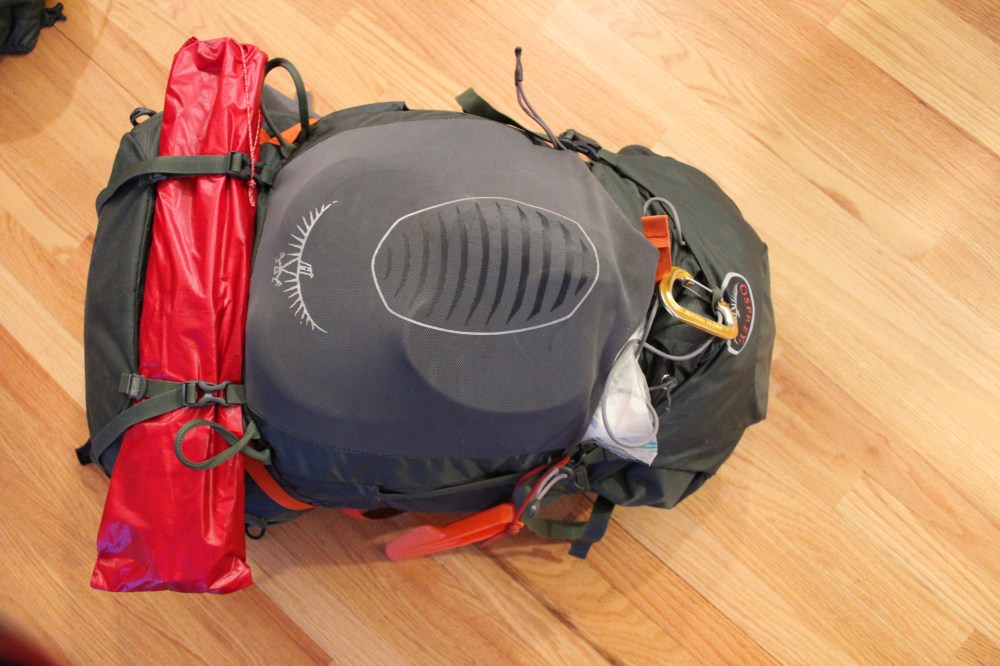
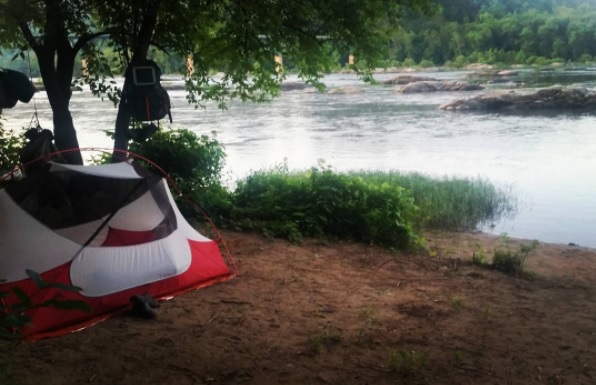



 Kayfun Lite v2 and iStick 30w battery. The 1.8ohm coil that I wrapped on 28 gauge wire lasted the entire trip.
Kayfun Lite v2 and iStick 30w battery. The 1.8ohm coil that I wrapped on 28 gauge wire lasted the entire trip.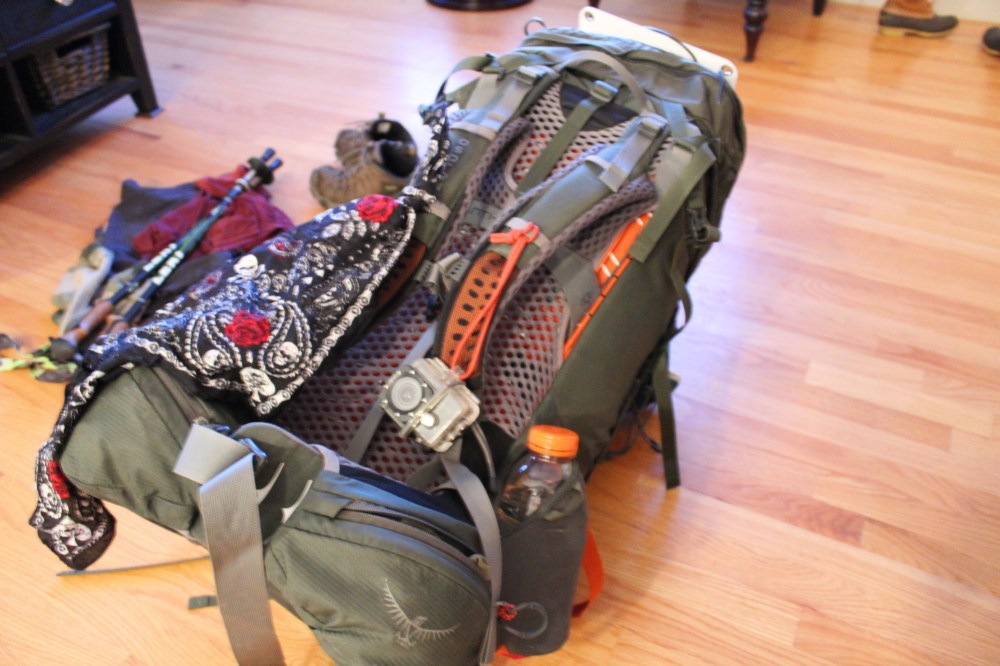
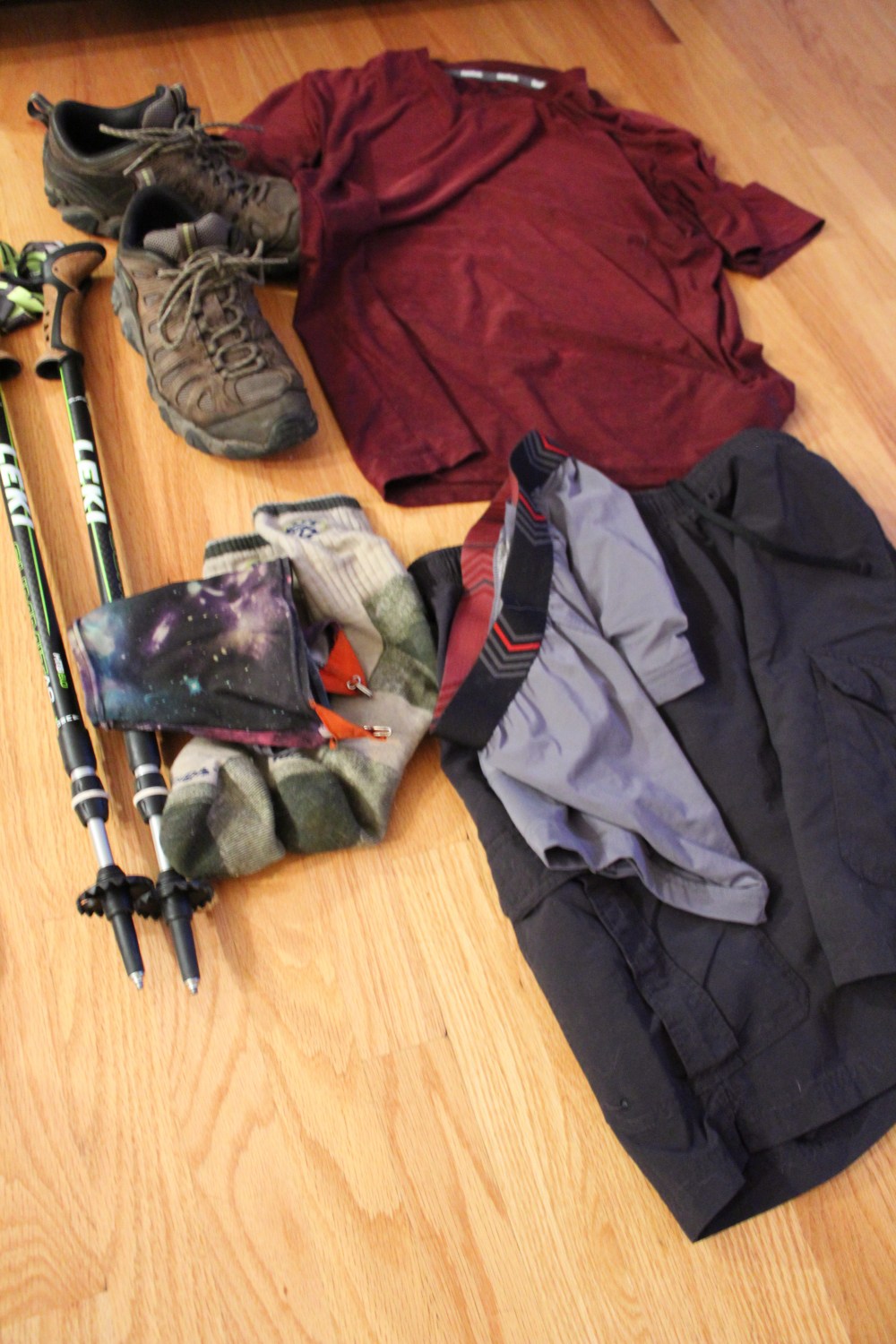
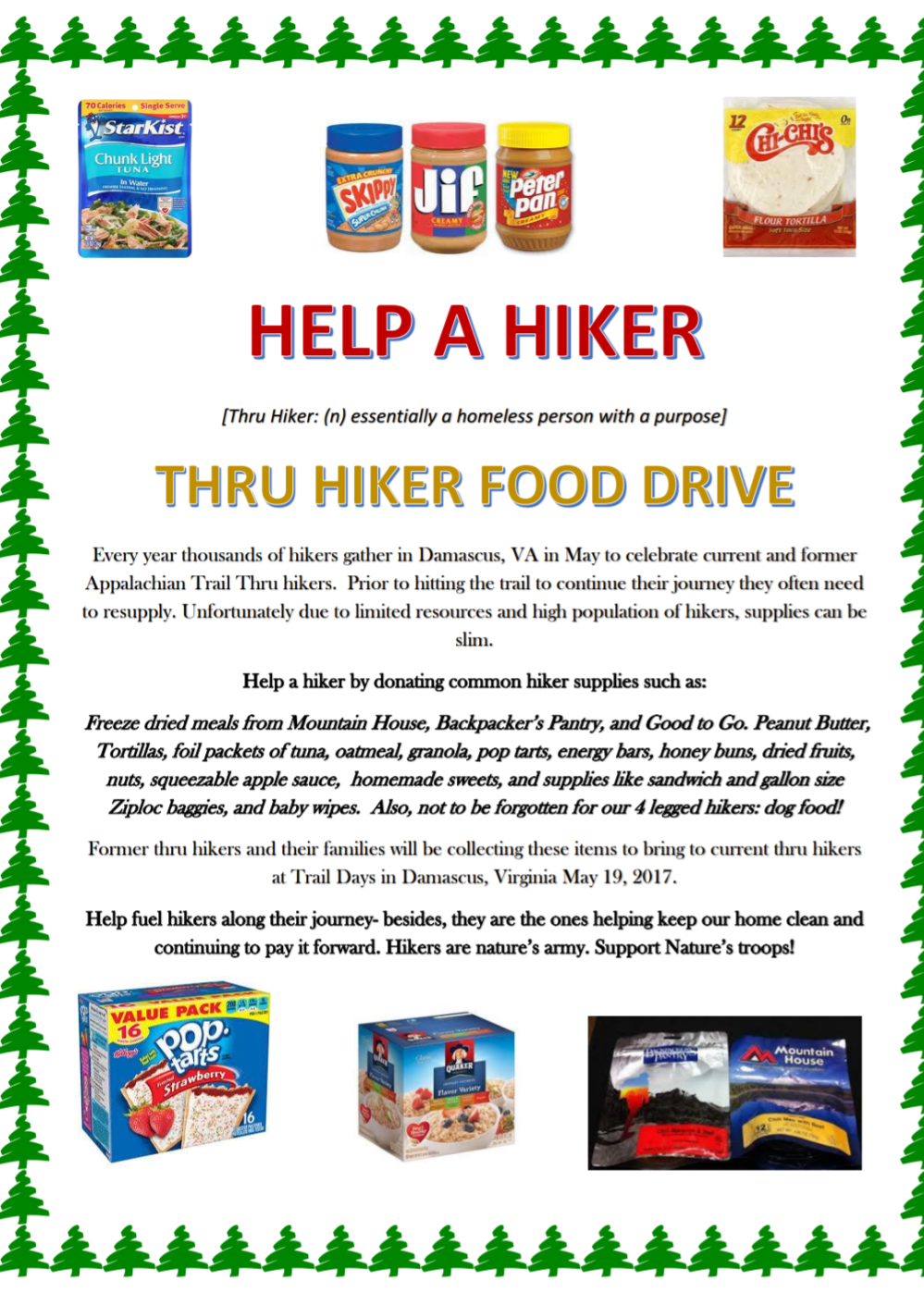












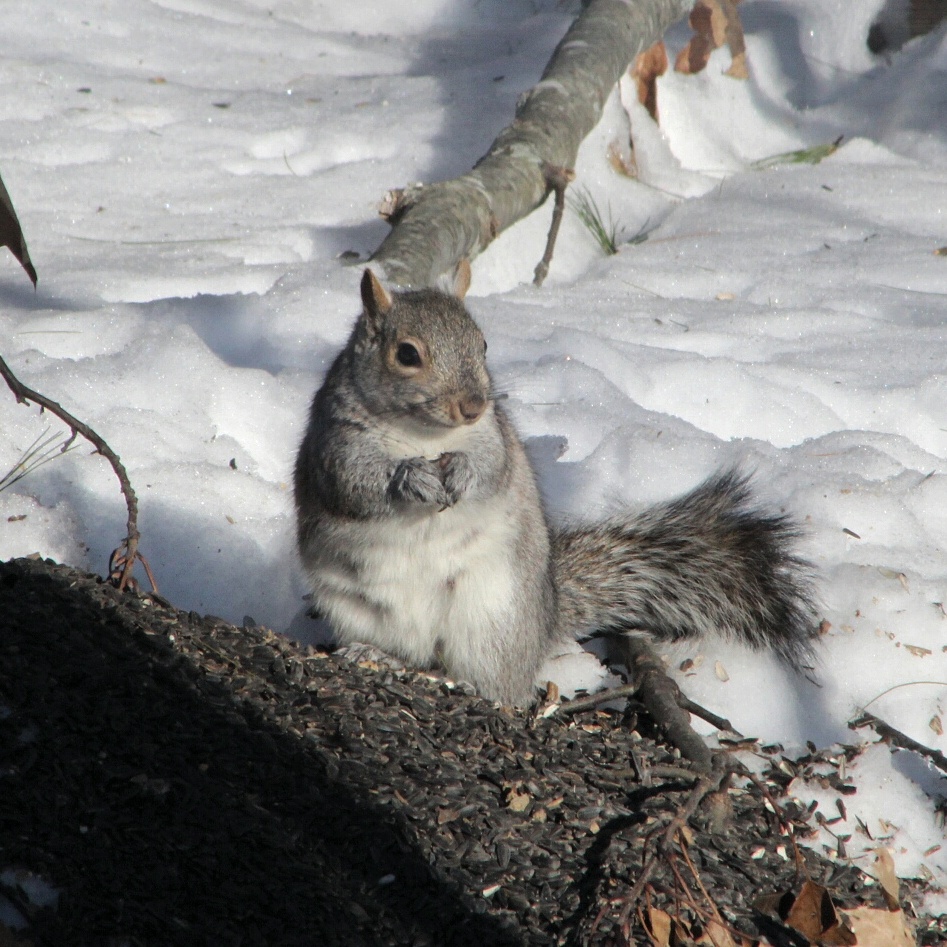





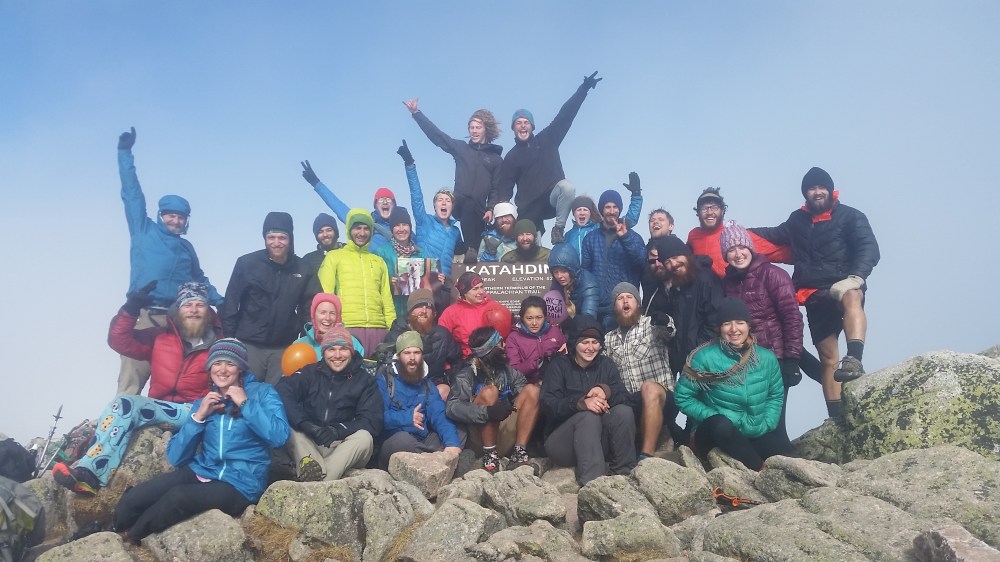




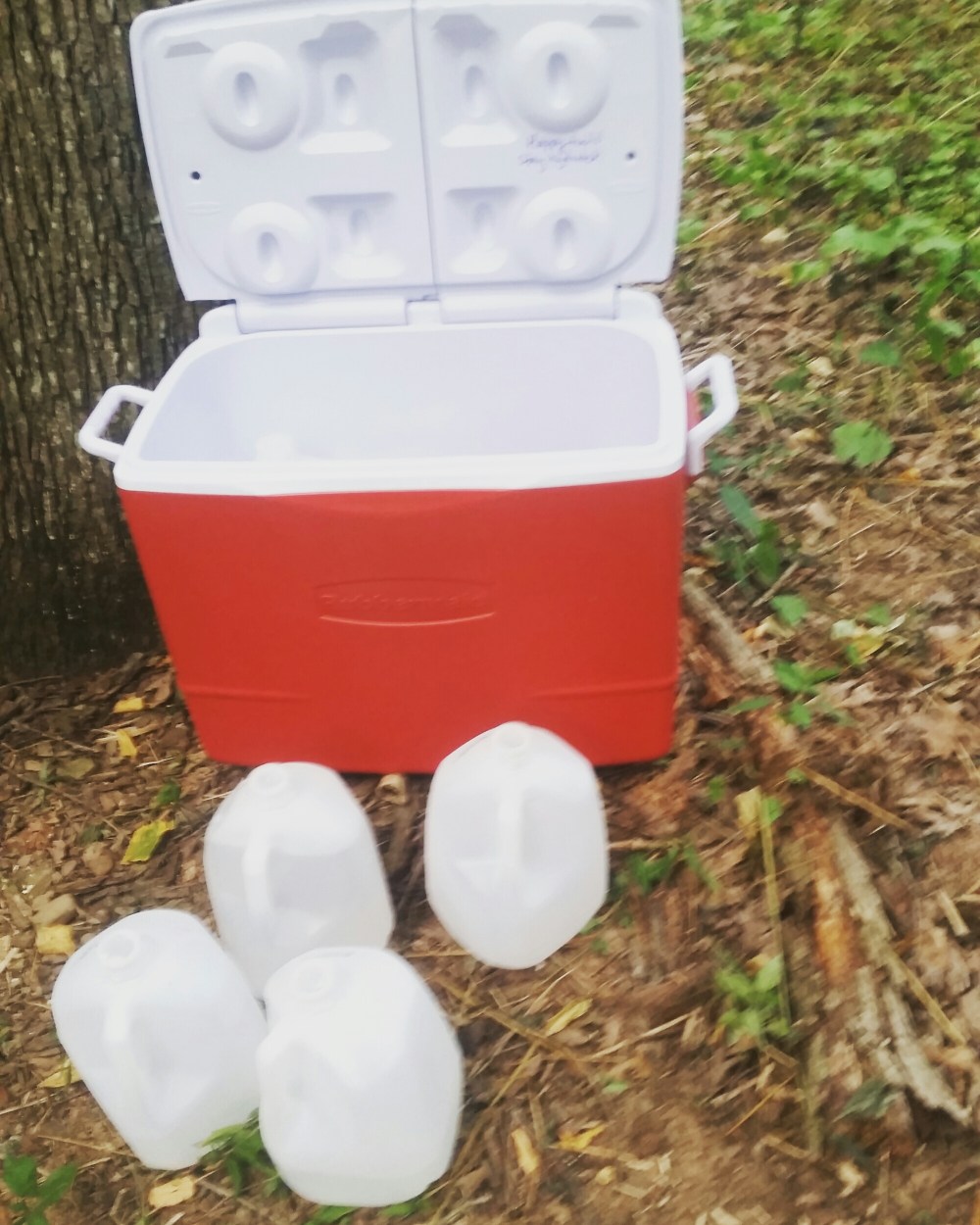
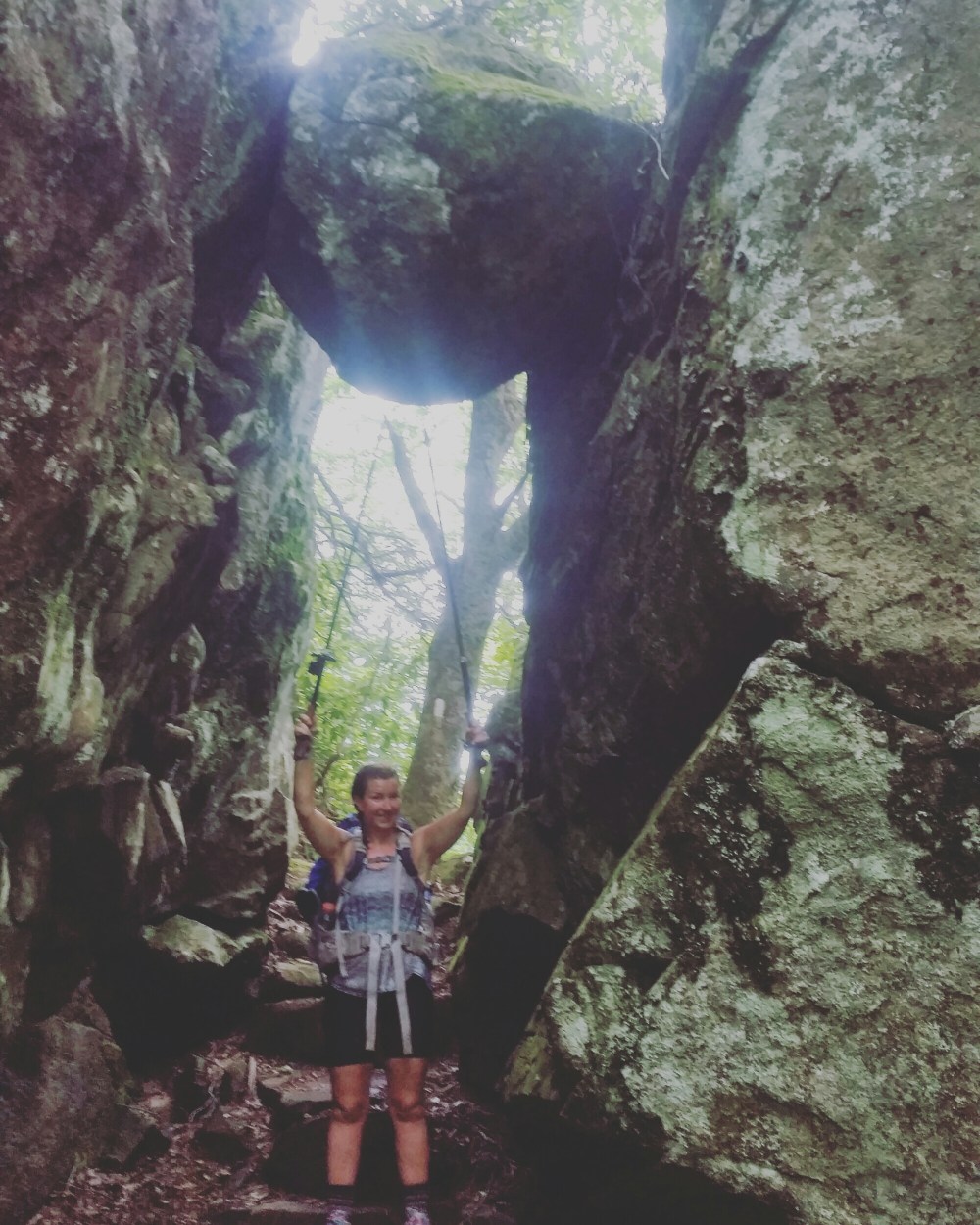


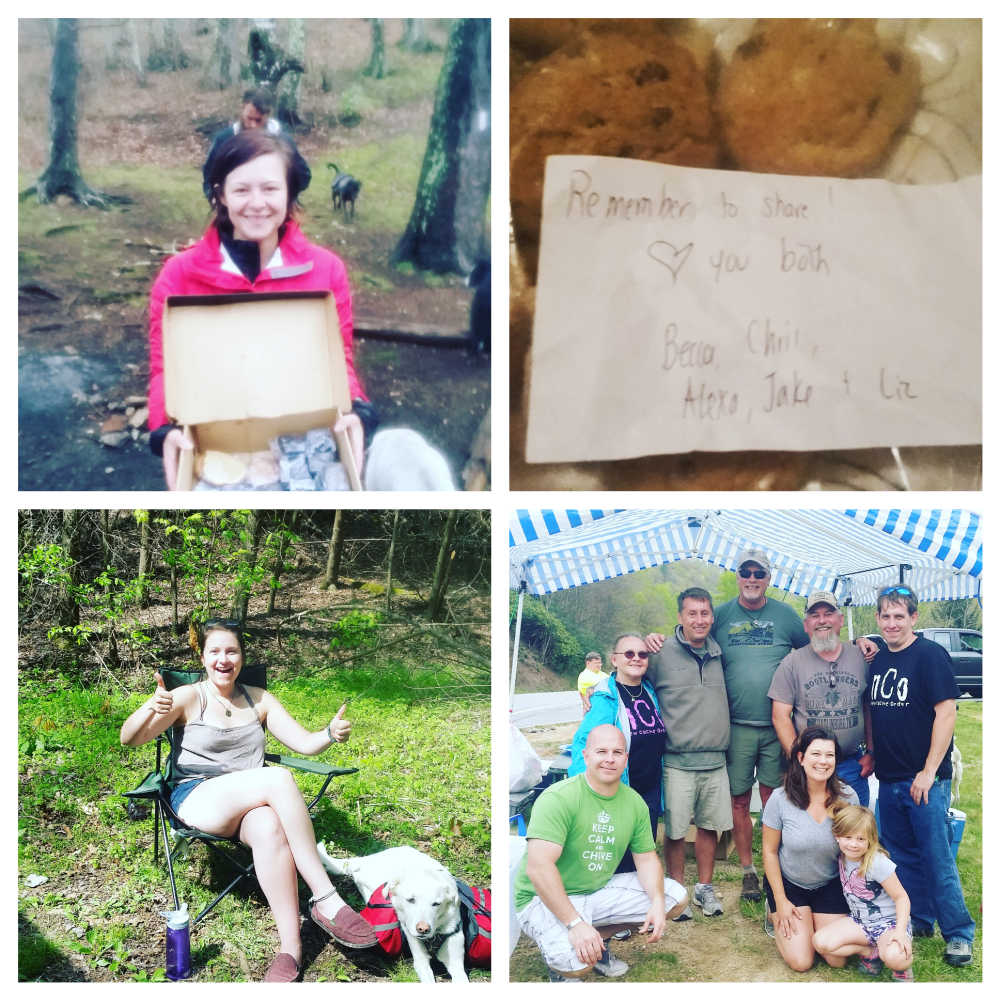



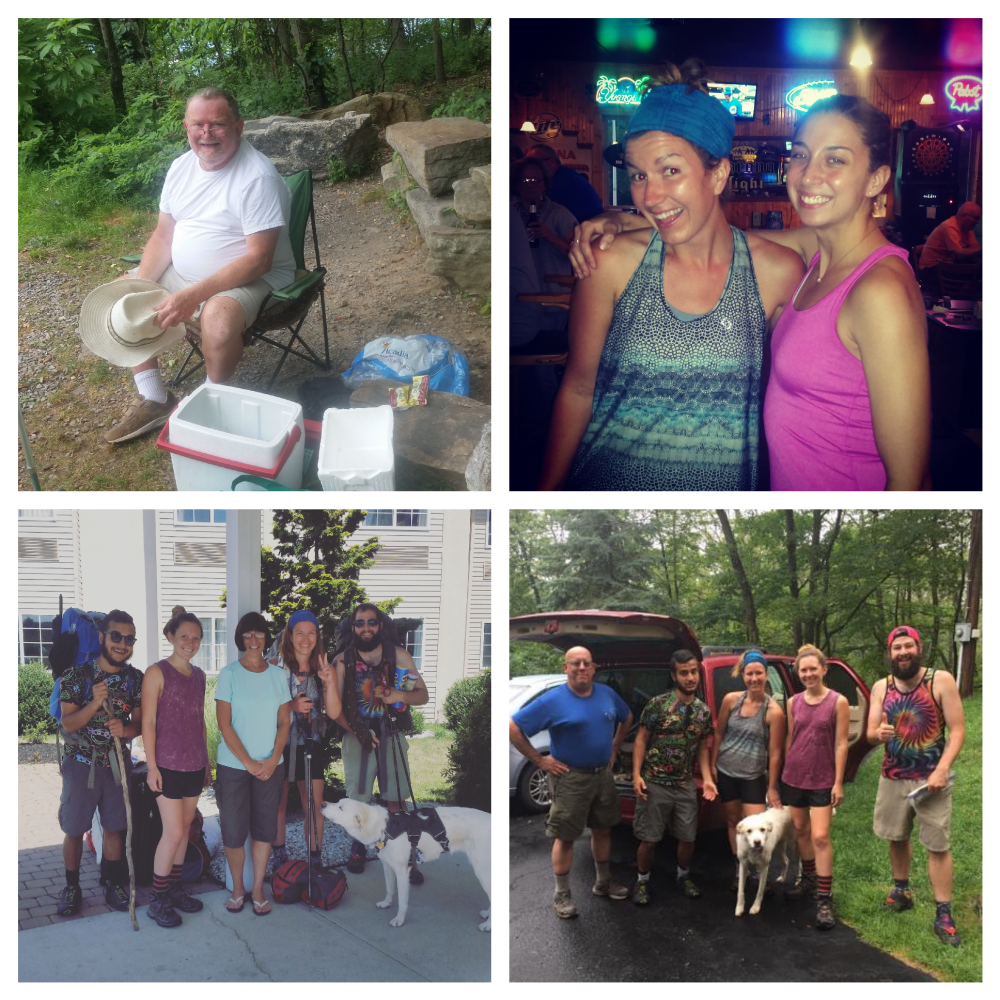
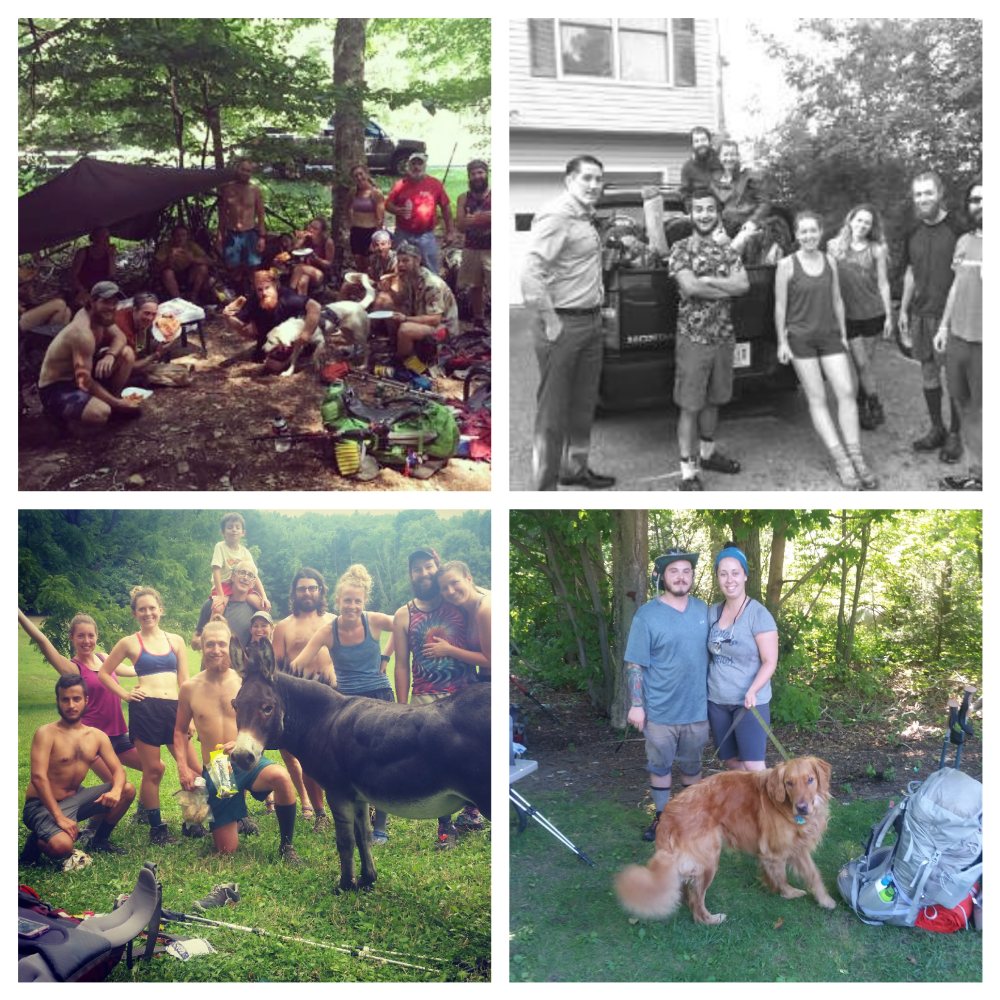

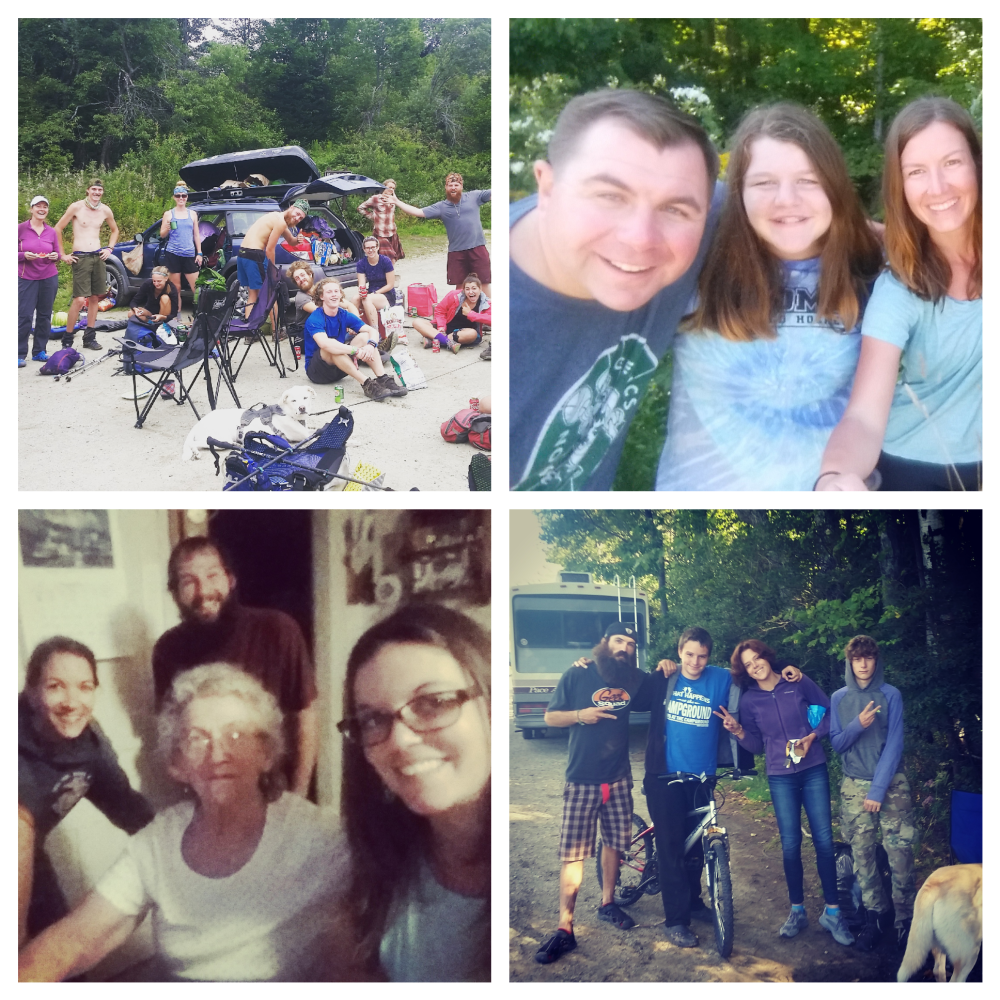



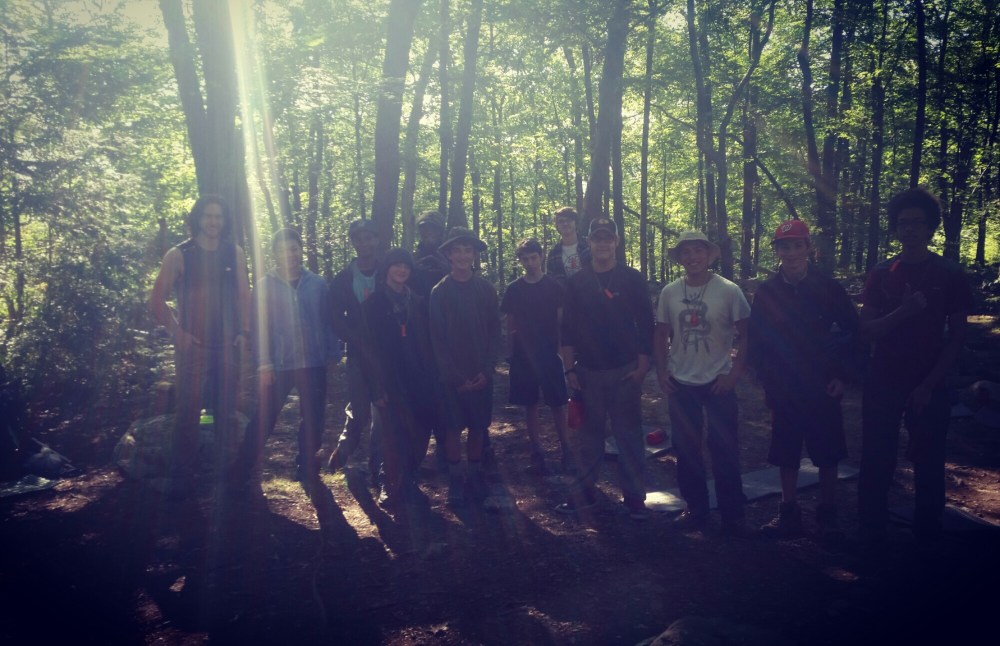


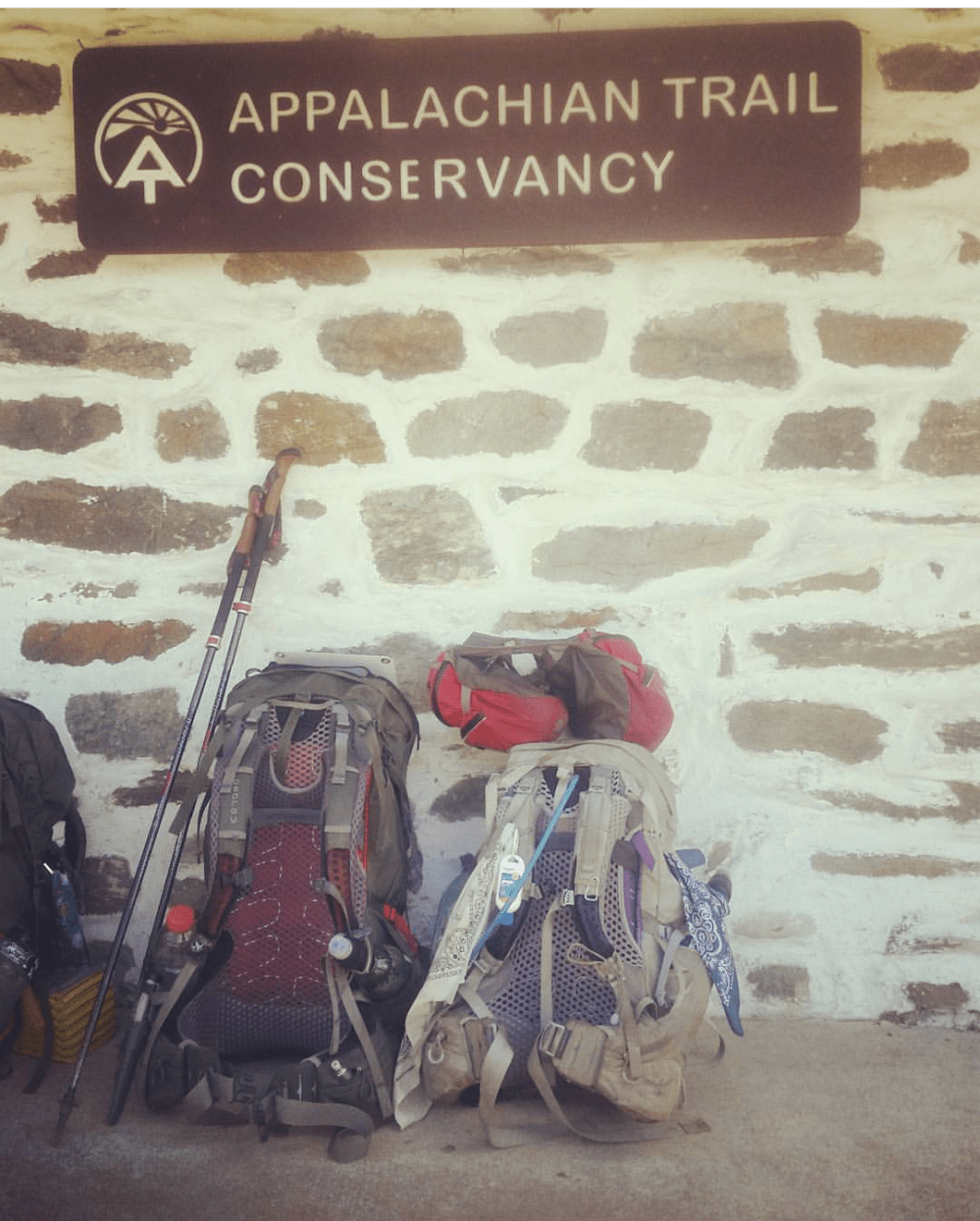
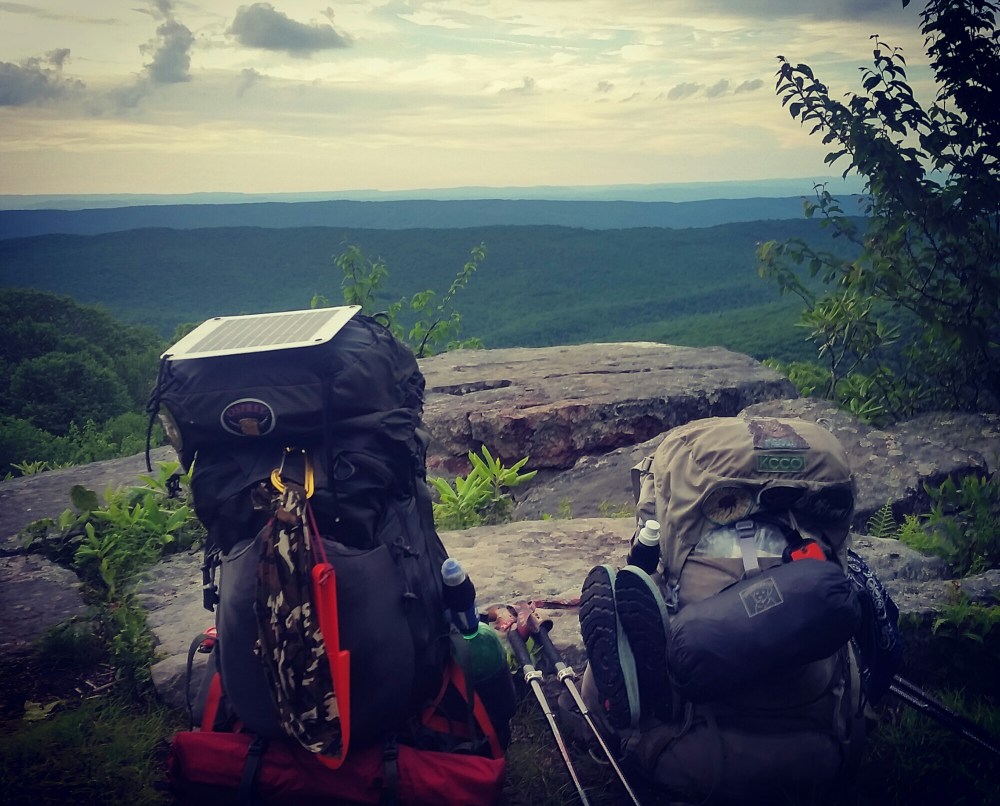

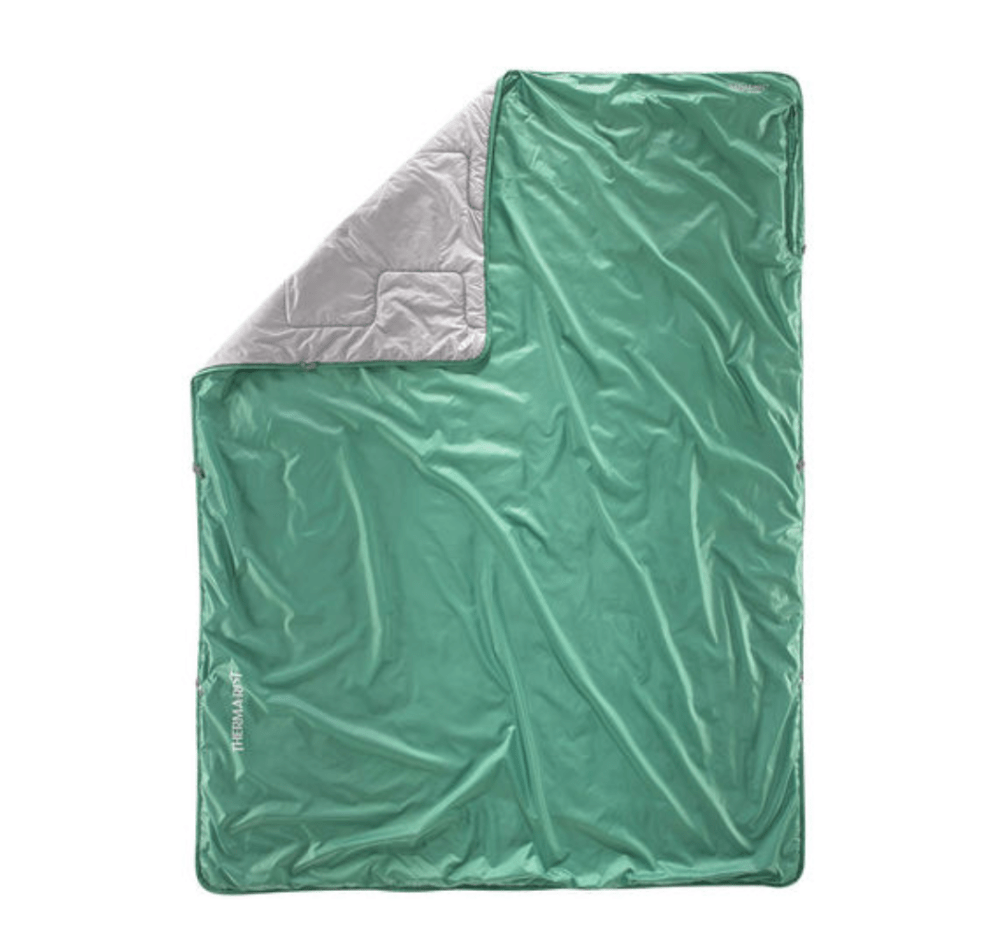
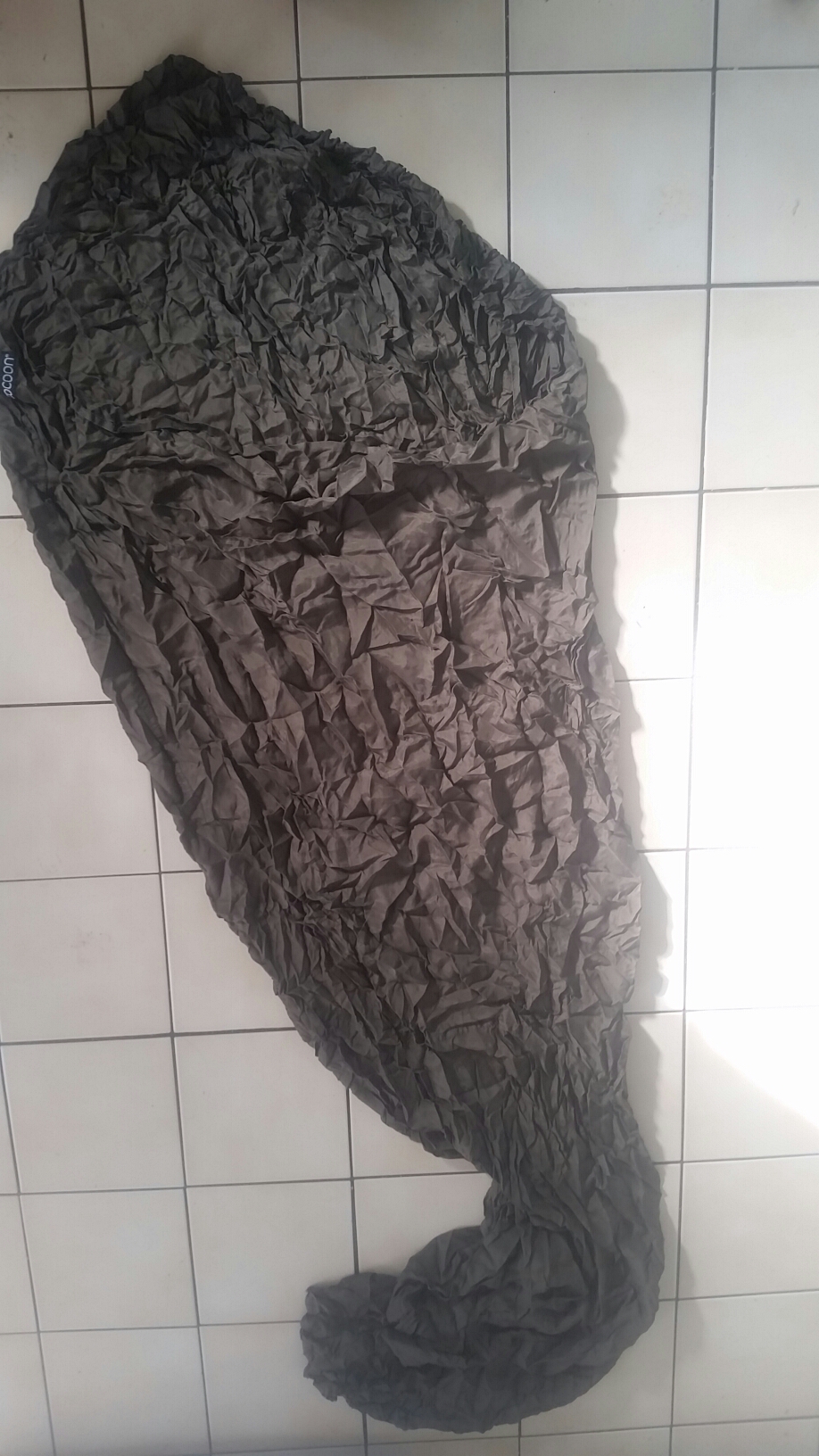

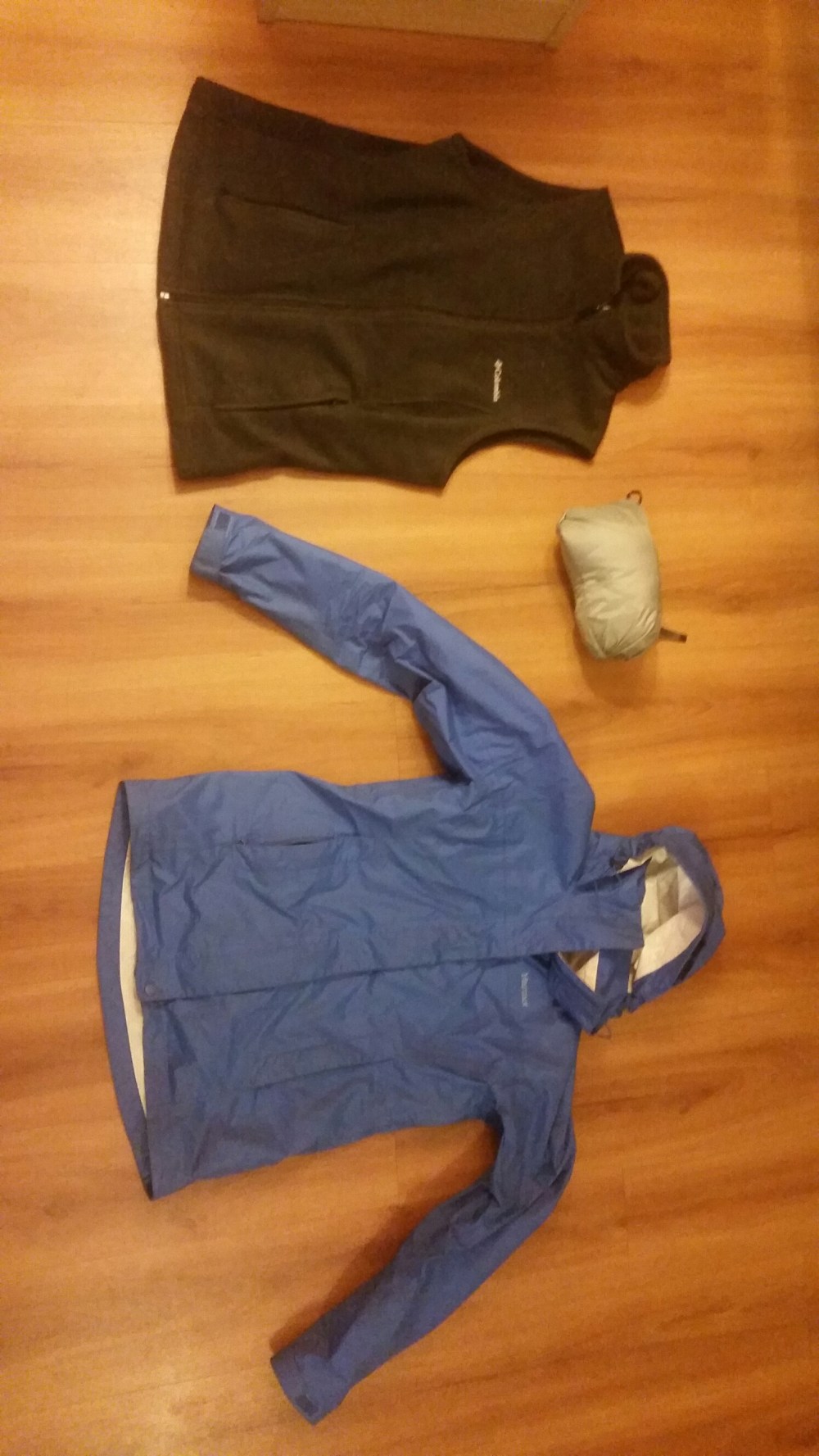
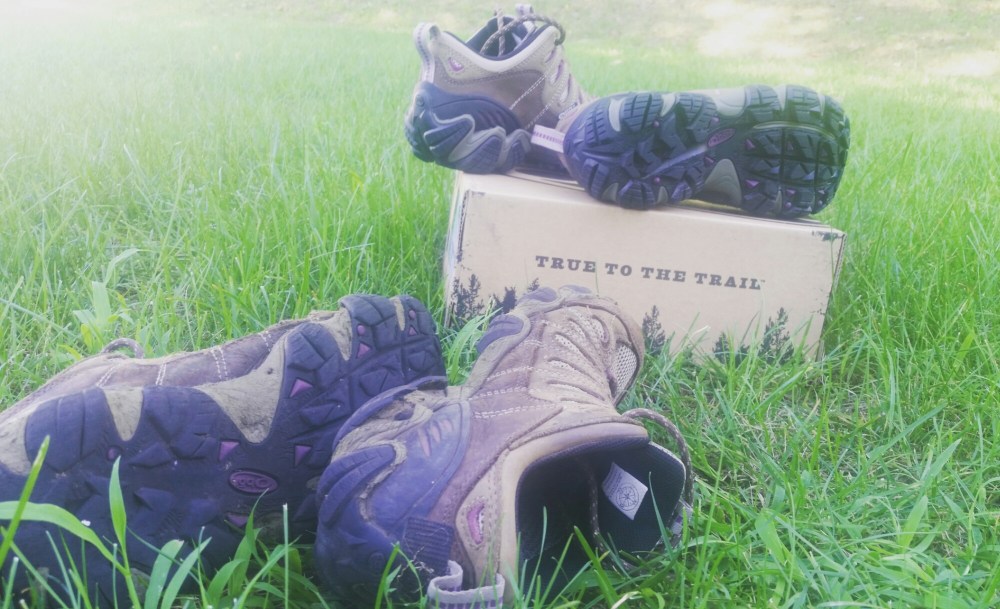

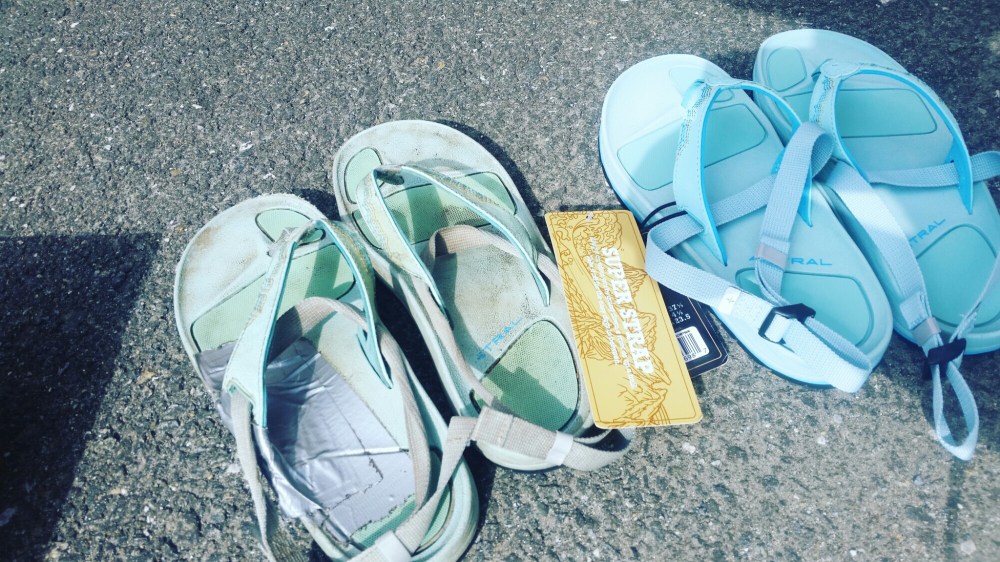








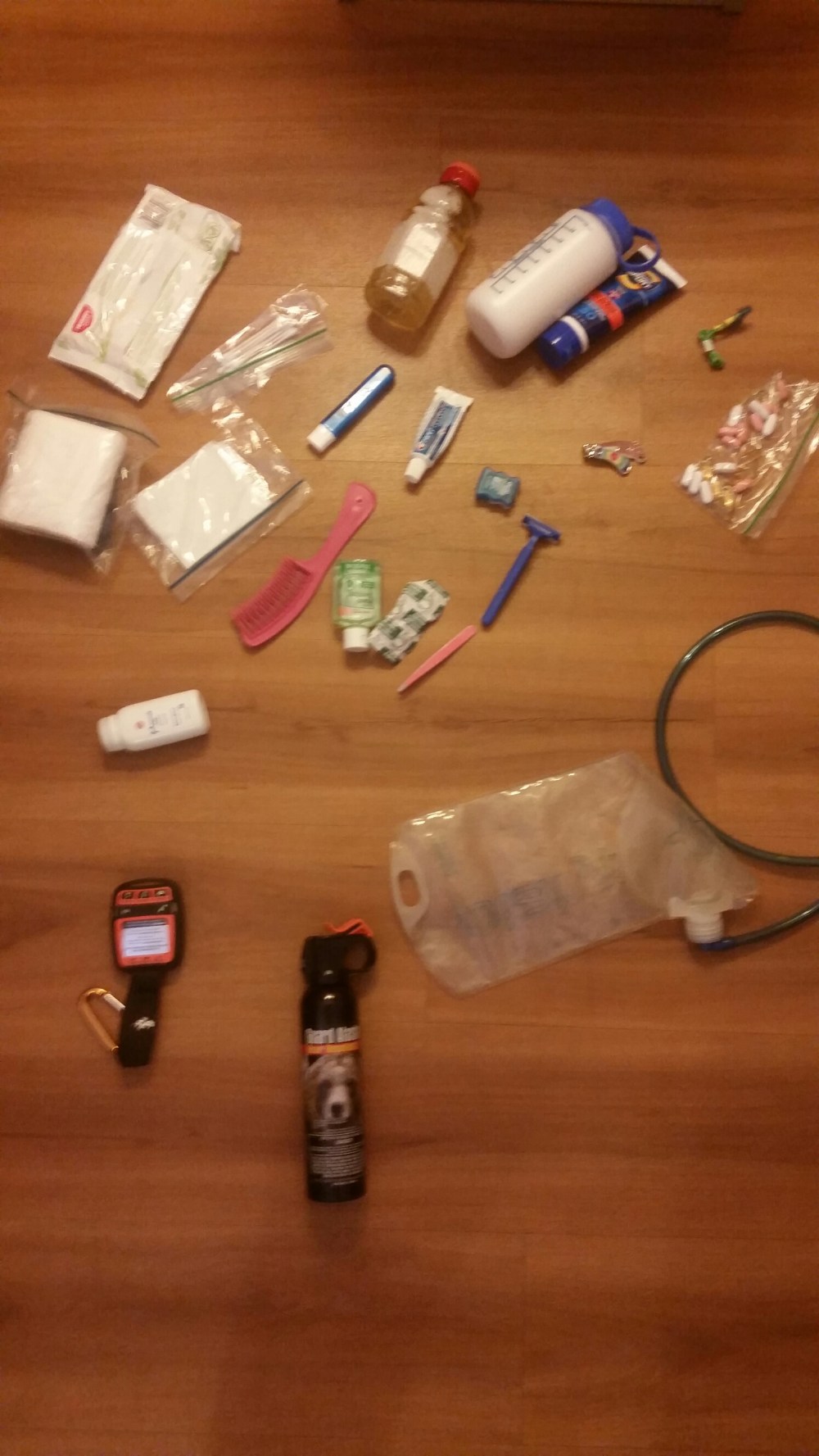







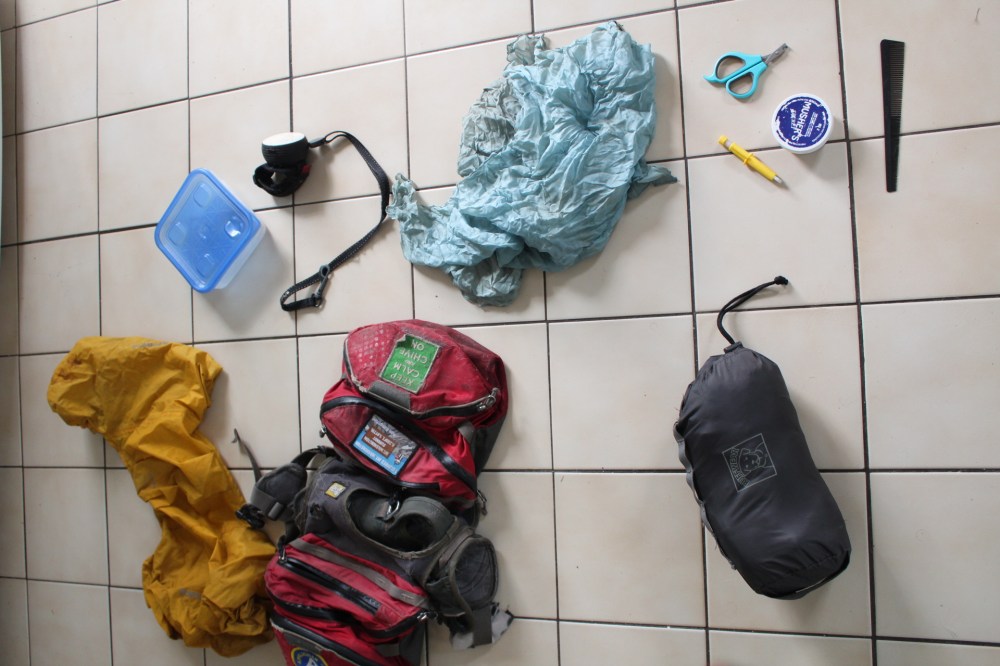



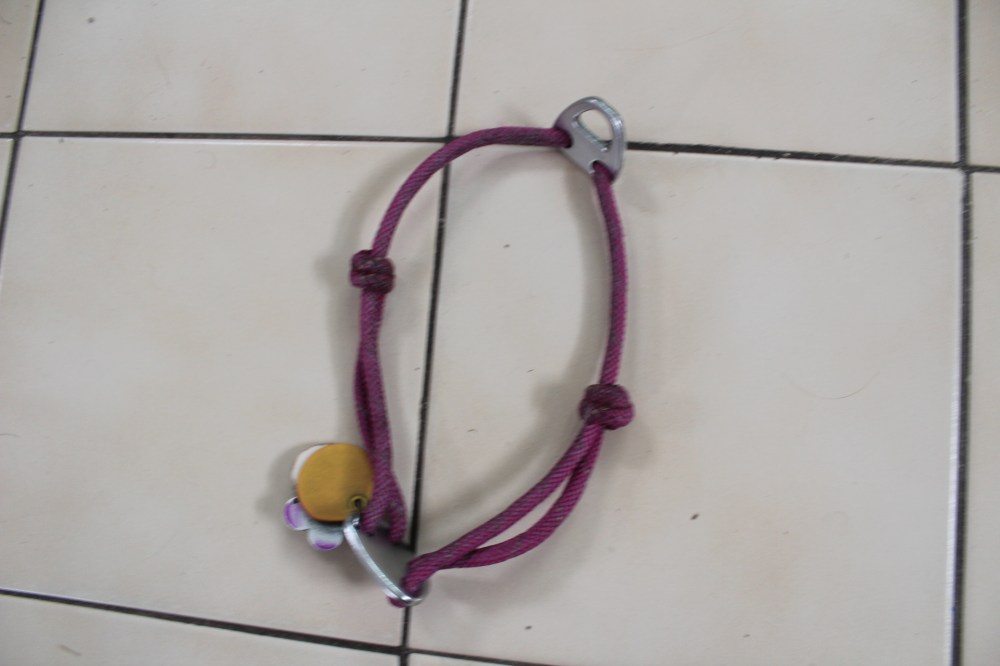

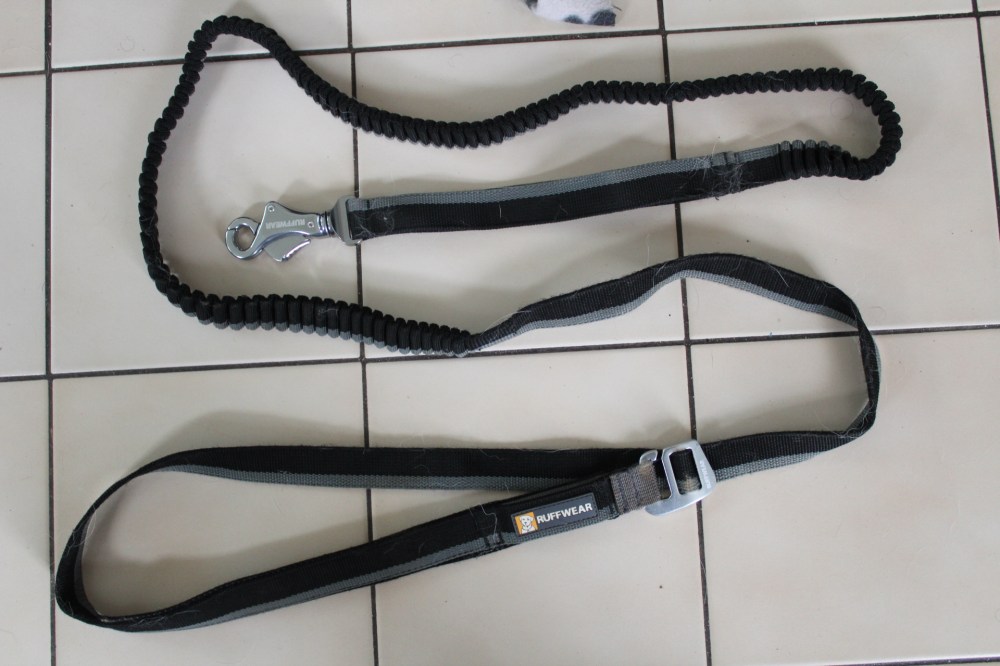



















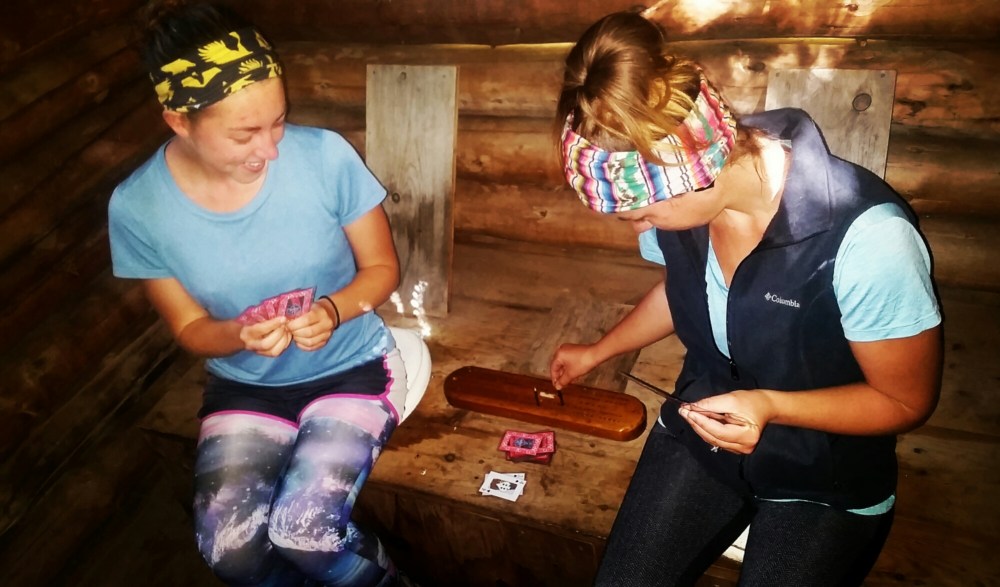
You must be logged in to post a comment.